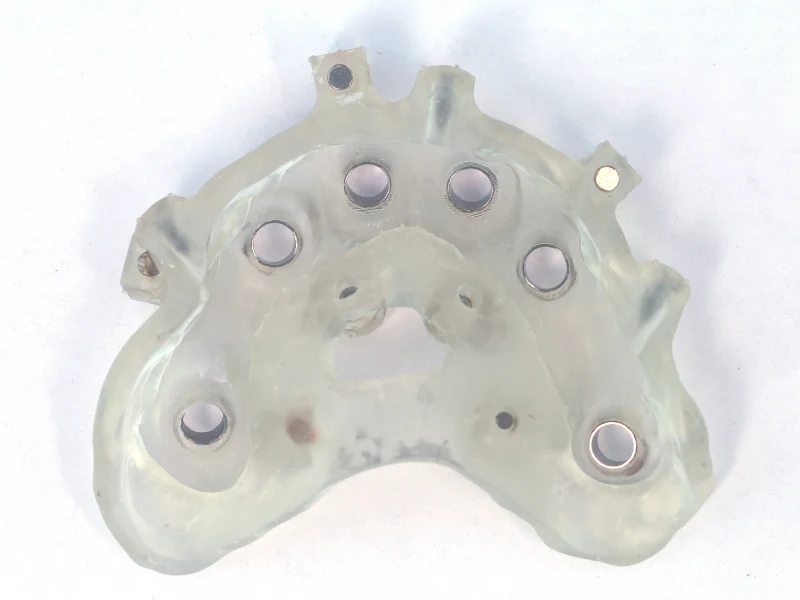Apple Dental Specialists
Dental Specialty Services in White Rock
Dental Implants: Restoring Confidence, One Smile at a Time
Used to replace lost teeth, dental implants provide stability for dentures and bridges, preventing discomfort or shifting during eating or speaking. Unlike traditional methods, implants don’t require adjacent teeth alteration for artificial tooth placement.
What Are Dental Implants?
Dental implants are artificial tooth roots made of biocompatible materials such as titanium that are surgically placed into the jawbone. They serve as a sturdy foundation for replacement teeth or dental prosthetics, including crowns, bridges, or dentures.
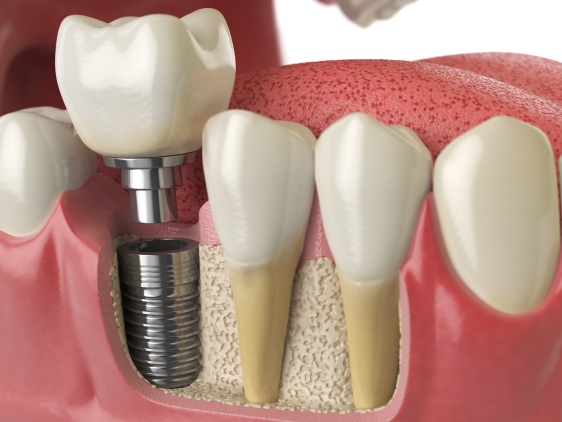
All-on-X Dental Implants: Transforming Smiles with Teeth in a Day
All-on-X (All On 4 ) dental implants offer a game-changing solution for those seeking full-mouth restoration without enduring the inconvenience of living without teeth. This innovative technique utilizes a minimal number of implants to support a fixed dental prosthesis, typically four to six per arch. With the option of “Teeth in a Day,” patients can leave the procedure with temporary restorations, ensuring they don’t have to live without teeth during the healing process.
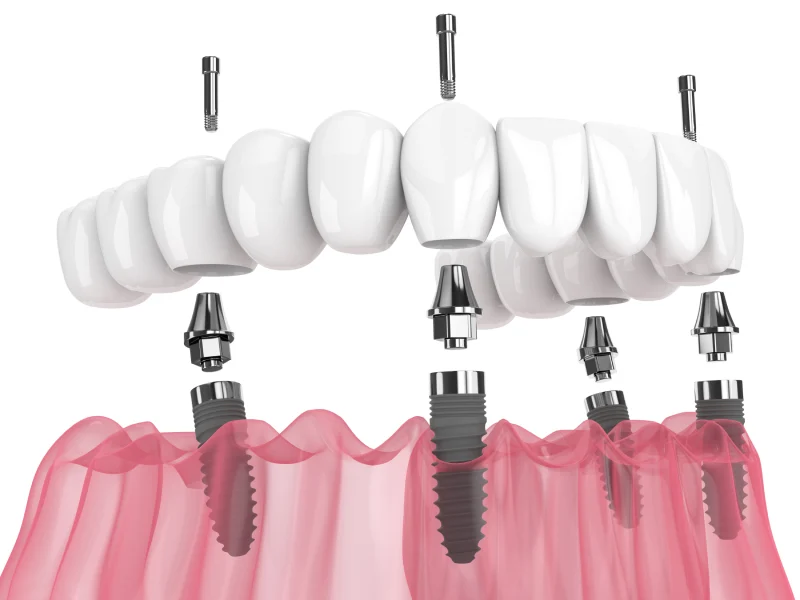
Oral Surgery / Teeth Extractions
Wisdom teeth extraction is a crucial procedure to alleviate pain and prevent potential dental issues. Our experienced team specializes in this process, ensuring patients receive skilled care without financial burden.
With extensive expertise, our doctors perform wisdom teeth extractions efficiently and safely, prioritizing patient comfort and well-being throughout the procedure. We understand the intricacies involved and tailor each extraction to individual needs, minimizing discomfort and complications.
At our practice, we are committed to transparency and fairness. We adhere to the suggested fee guide for wisdom teeth extractions, ensuring that patients receive high-quality care without overpaying. Our focus is on providing accessible dental services, making expert extraction accessible to all who need it.
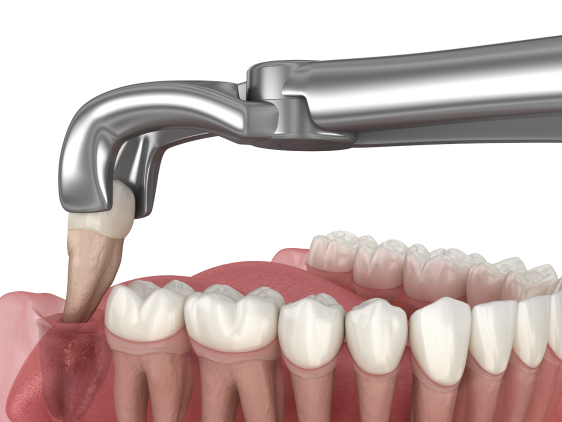
Periodontal Surgery
Gum Grafting
For patients experiencing gum recession, gum grafting procedures offer relief from associated issues like tooth sensitivity, gum tissue damage, and potential bone loss leading to tooth loss. By safeguarding teeth and roots from decay and creating a more uniform gumline, gum grafting can significantly improve oral health.
Crown Lengthening
Addressing concerns such as a “gummy smile” or the need to repair teeth broken at or below the gumline, crown lengthening reshapes gum tissue or bone to expose more of the tooth surface. This procedure facilitates decay removal or crown placement.
Pocket Reduction Surgery
For patients with periodontal disease, pocket reduction surgery is a standard treatment. By eliminating bacteria from pockets and tartar from tooth roots, this procedure halts further bone and gum tissue loss.
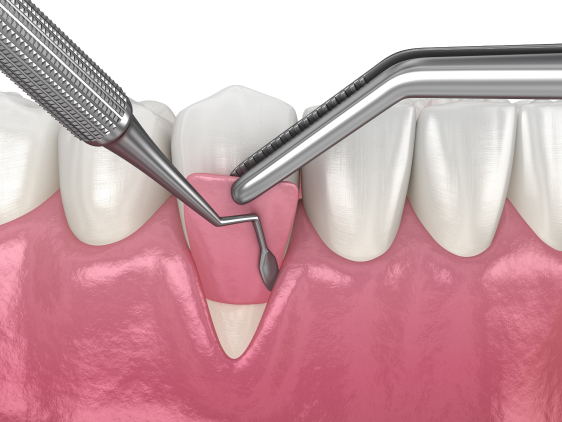
Platelet-Rich Fibrin
Unlocking Healing Potential
- What is it? Concentrated form of platelets and growth factors obtained from your own blood.
- How it works: PRF is rich in fibrin matrix, enhancing tissue regeneration and wound healing.
- Applications: Dental surgeries, periodontal treatments, facial rejuvenation, orthopedic procedures, wound healing.
- Advantages: Longer-lasting effects, better wound healing, reduced risk of infection.
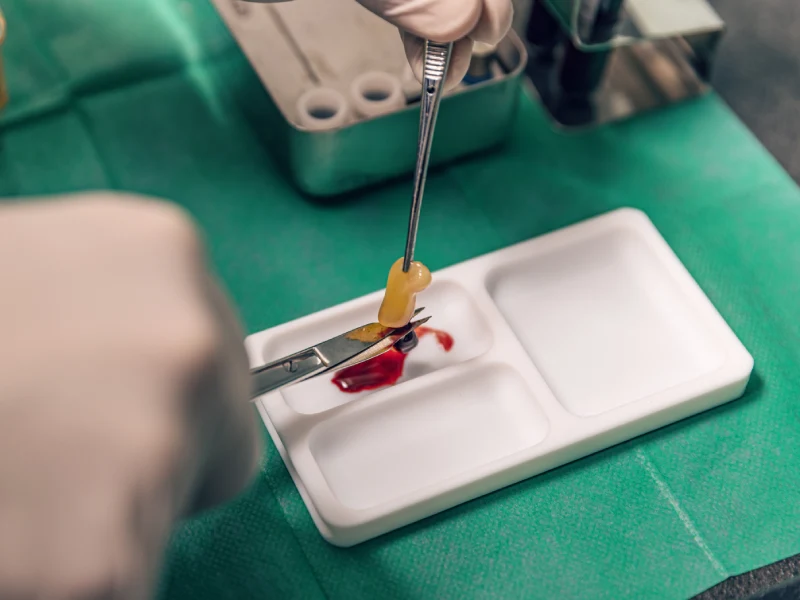
Sedation Dentistry
Sleep, or IV Sedation Dentistry is a still relatively new procedure and something that many people do not take advantage of. For most people seeing the dentist is just another part of everyday life but for others sleep dentistry has made a world of difference. These people are no longer forced to visit their dentist in extreme fear or completely avoid getting the oral care they need.
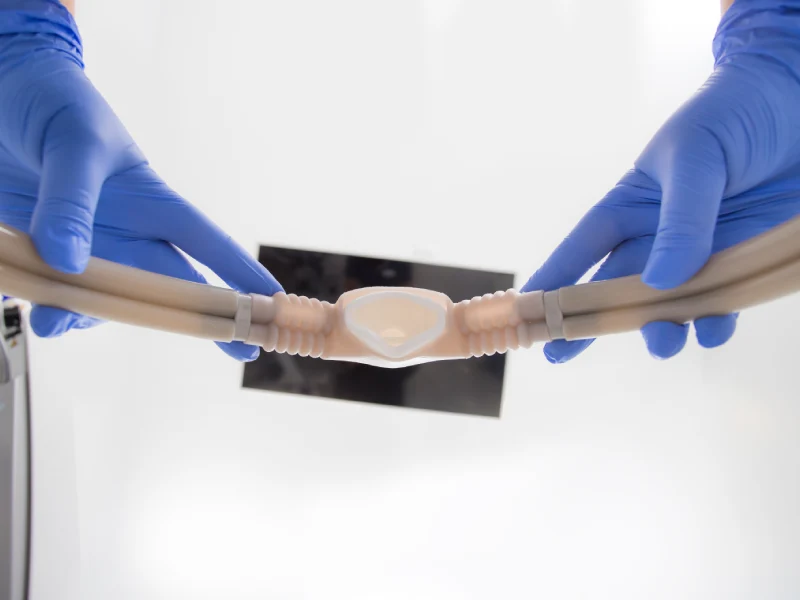
Computer Guided Surgery
Guided surgery represents a significant advancement in modern dentistry, offering a range of benefits that enhance patient outcomes and experiences. By utilizing advanced technology, such as Cone Beam Computed Tomography (CBCT) and computer-aided design (CAD) software, guided surgery provides unparalleled precision, accuracy, and predictability in dental procedures.
One of the primary advantages of guided surgery is its ability to streamline complex procedures, reducing the risk of errors and complications. With the aid of 3D imaging and virtual planning, dentists can precisely visualize the treatment site and create a detailed surgical guide, allowing for precise placement of implants and optimal restoration of function and aesthetics.
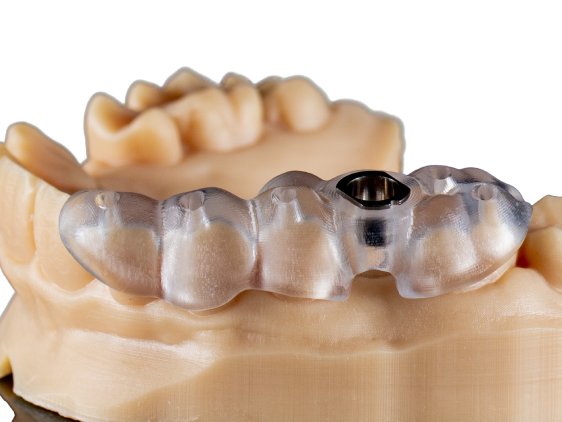
Bone Grafts
Bone grafting is a procedure used to replace and regenerate lost bone in the jaw. This can be necessary due to various reasons such as trauma, disease, or tooth loss. Bone grafting materials can be sourced from the patient’s own body (autografts), from a donor (allografts), from an animal source (xenografts), or can be synthetic (alloplasts).
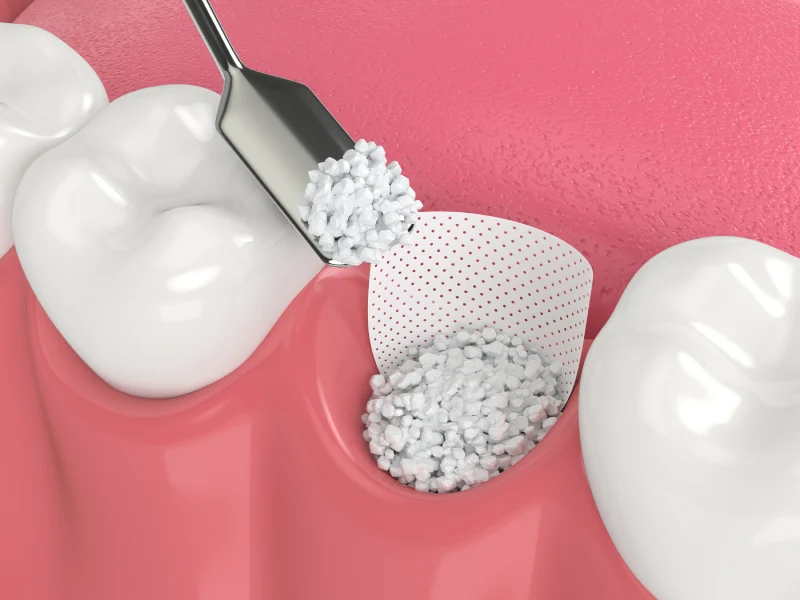
Oral Cancer Screening
An oral cancer screening is a crucial part of your dental exam and should be performed annually. During the screening, your dentist will visually inspect your oral cavity for any discoloration of the gums and palpate the tissues in your mouth. They will also technology to detect any abnormalities that might not be visible to the naked eye.

CBCT & INTRA Oral Scanning
We understand that each patient is unique, and their dental needs require personalized attention and tailored solutions. That’s why we have invested in state-of-the-art technology such as Cone Beam Computed Tomography (CBCT), intraoral scanners, guided and navigational surgery systems, and artificial intelligence (AI) tools to diagnose and plan our procedures with unparalleled precision.
CBCT allows us to obtain detailed 3D images of the patient’s oral structures, providing us with invaluable insights into their anatomy and allowing for precise treatment planning. Combined with intraoral scanners, we can capture digital impressions of the patient’s teeth and gums quickly and comfortably, eliminating the need for messy traditional impressions.
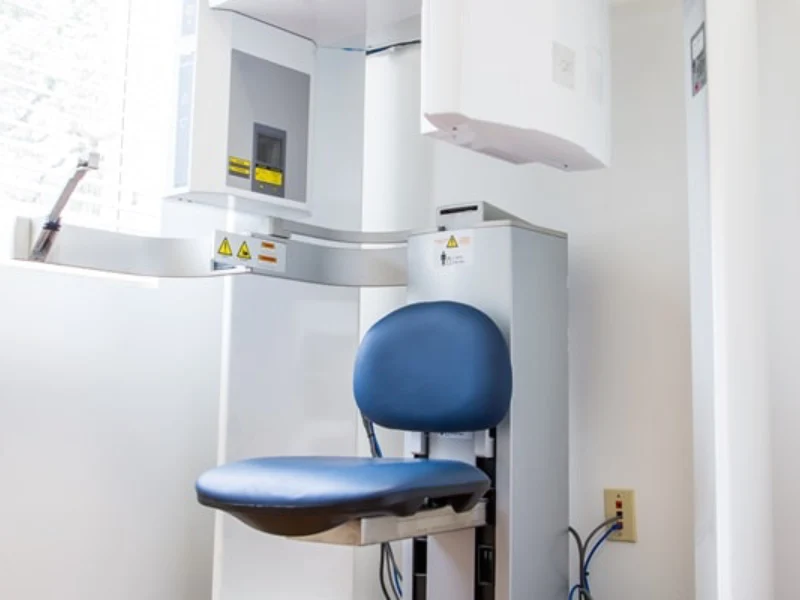
Periodontal Hygiene
Maintaining good oral hygiene is an essential part of any dental care plan. Our dentists and dental hygienists offer dental hygiene services customized to your needs
Preventative care is simple when you see your dental hygienist according to your patient specific needs. Regular appointments with our dental hygienists can result in:
- The prevention of oral disease
- The prevention of tooth decay
- Reduced risk of periodontal disease
- Screening for oral cancer
- Overall physical health promotion
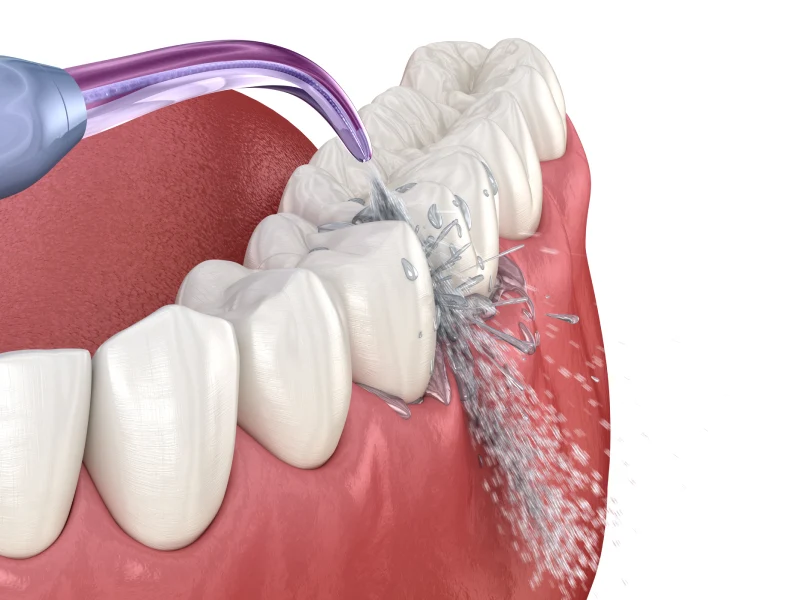
Scaling And Root Planing
To combat gum diseases, scaling and root planing procedures effectively remove dental tartar from tooth surfaces and eliminate infected tooth structure, smoothing root surfaces for enhanced oral health.
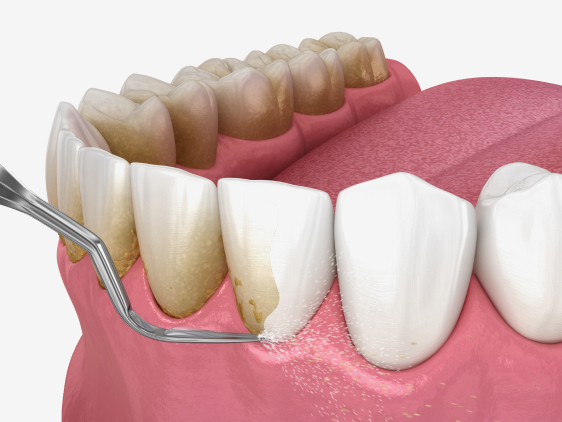
Regenerative Procedures
Complete oral rehabilitation often necessitates regenerative procedures to restore both function and aesthetics. These may encompass Hard or Soft tissue regeneration, tailored to individual needs. Our proficient doctors conduct thorough assessments utilizing 3D reconstructed CT scans, intra oral pictures, and clinical examinations to determine the most suitable approach.
Hard Tissue Regeneration:
- Socket grafting
- Alveolar Ridge augmentation
- Direct or Indirect Maxillary Sinus Lift
- Ridge Split Bone augmentation
- Various other bone graft procedures tailored to each case
Soft Tissue Regeneration:
- Periodontal flap surgeries
- Guided tissue regeneration
- Connective Tissue Grafts
- Free Gingival Grafts
- Tunneling procedures
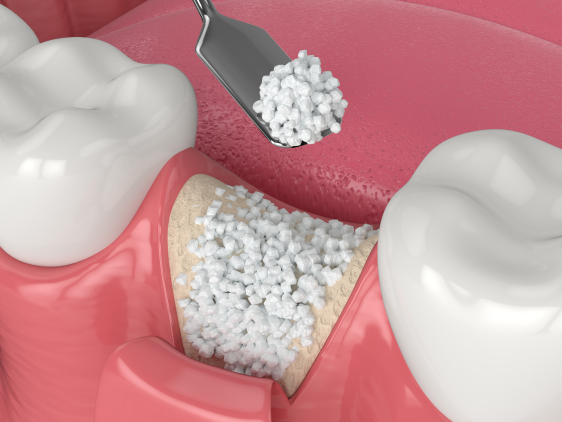
Sinus Augmentation: Enhancing Dental Health
What is Sinus Augmentation?
Sinus augmentation, also known as sinus lift surgery, is a dental procedure that adds bone to the upper jaw in the area of the molars and premolars. This procedure is commonly performed to increase bone volume in the posterior maxilla, particularly when there isn’t enough bone height in the upper jaw or when the sinuses are too close to the jaw for dental implants to be placed.
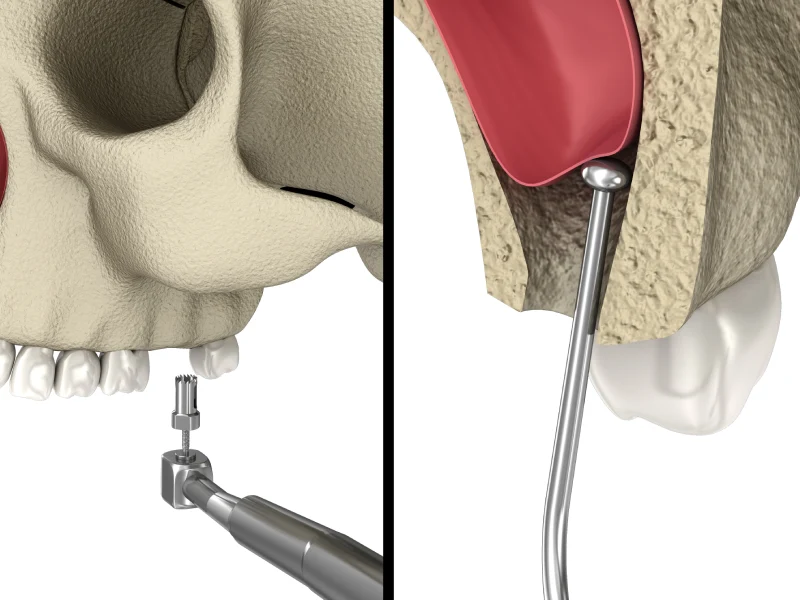
Prosthodontics
What is a Prosthodontics?
If you’ve never lost a tooth or needed a crown, then you’ve probably never visited a prosthodontist. Prosthodontistry is a dentistry specialty focusing on missing teeth. These trained medical professionals treat a variety of oral issues, and provide specialized care that suits each patient’s particular dental needs.
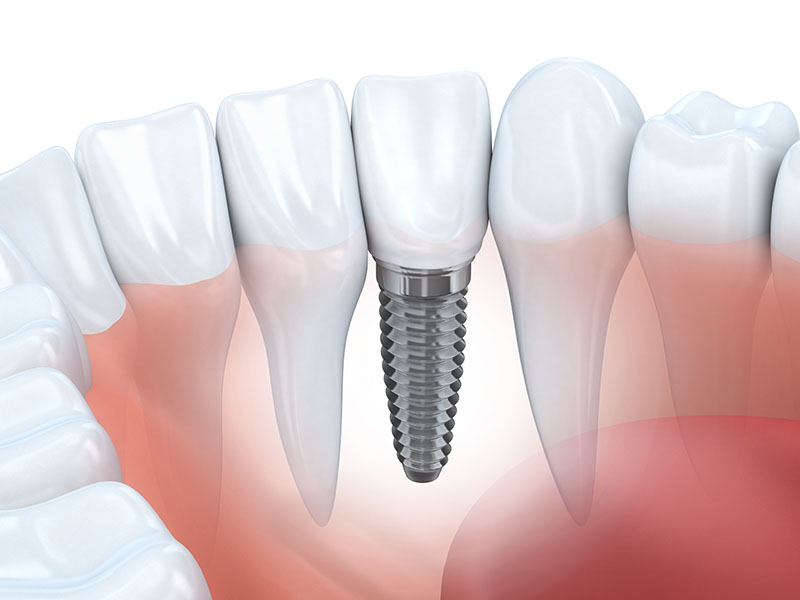
New Patients Welcome
Schedule your consultation today and experience exceptional dental care.
Why Choose Dental Implants?
- Natural Appearance: Mimics the look, feel, and function of natural teeth, providing a seamless smile.
- Durability: Offers long-term solution with proper care, lasting a lifetime.
- Preserves Bone Health: Stimulates jawbone growth and prevents bone loss associated with missing teeth.
- Enhanced Comfort: Eliminates discomfort associated with removable dentures and allows for confident eating and speaking.
- Improved Oral Health: Does not require alteration of adjacent teeth, promoting oral hygiene and preserving dental integrity.
The Dental Implant Process:
- Consultation: Comprehensive evaluation and treatment planning by a dental professional.
- Implant Placement: Surgical insertion of implant into the jawbone under local anesthesia or sedation.
- Osseointegration: Healing period during which the implant fuses with the surrounding bone, ensuring stability.
- Abutment Placement: Attachment of a connector piece (abutment) to the implant, allowing for secure anchoring of prosthetic teeth.
- Prosthetic Attachment: Customized crowns, bridges, or dentures are securely attached to the abutments, completing the restoration.
Types of Dental Implants:
- Single Tooth Implants: Replace individual missing teeth without affecting adjacent teeth.
- Implant-Supported Bridges: Restore multiple missing teeth by anchoring a bridge to adjacent implants.
- All-on-4/All-on-6: Full arch restoration using four or six strategically placed implants to support a fixed denture.
Aftercare and Maintenance:
- Practice good oral hygiene with regular brushing, flossing, and dental check-ups.
- Avoid chewing on hard objects or using teeth as tools to prevent damage.
- Attend routine dental appointments for professional cleaning and examination.
Conclusion:
Dental implants offer a permanent solution for missing teeth, providing unmatched stability, functionality, and aesthetics. Rediscover the joy of smiling confidently and
The All-on-X approach provides numerous benefits, including enhanced stability, chewing function, and aesthetics compared to traditional dentures. By reducing the need for extensive bone grafting, it offers a more accessible option for many patients. Moreover, All-on-X implants help preserve jawbone density, maintaining facial structure and preventing further deterioration.
The procedure begins with comprehensive evaluation and precise planning, followed by implant placement and immediate attachment of temporary restorations. Patients can leave the office with functional teeth the same day. Often, teeth extractions, Implant placement and Temporary teeth installation is accomplished in the same appointment, giving you brand new teeth in a single day.
After a healing period, the final prosthesis, customized for optimal fit and aesthetics, is securely attached, providing a long-lasting solution for missing teeth.
Additionally, guided surgery minimizes surgical time and discomfort for patients, as it often eliminates the need for extensive incisions and reduces post-operative pain and swelling. By optimizing the placement of implants, guided surgery also helps preserve surrounding bone structure and soft tissues, promoting faster healing and long-term stability.
Furthermore, guided surgery offers enhanced communication between dental professionals, ensuring seamless coordination of treatment plans and facilitating interdisciplinary collaboration when necessary.
Procedure Overview:
- Preparation: Detailed examination including X-rays and CT scans to assess bone density and sinus anatomy.
- Incision: An incision is made in the gum tissue to expose the underlying bone.
- Bone Graft: Bone graft material, often obtained from the patient’s own body or a donor source, is placed in the space created between the jaw and the sinus membrane.
- Sinus Lift: The sinus membrane is gently lifted, and the bone graft material is packed into the space below it to promote new bone growth.
- Closure: The incision is closed with sutures, and the healing process begins.
Indications:
- Insufficient bone height in the posterior maxilla.
- Bone loss due to periodontal disease or tooth extraction.
- Preparation for dental implant placement.
Benefits:
- Improved Implant Success: Provides adequate bone volume for successful dental implant placement.
- Restored Bone Density: Enhances bone density in the upper jaw, improving overall oral health.
- Natural-Looking Results: Creates a stable foundation for dental prosthetics, ensuring a natural appearance and functionality.
Aftercare:
- Follow post-operative instructions provided by your dentist or oral surgeon.
- Avoid strenuous activities and maintain a soft diet during the initial healing period.
- Attend follow-up appointments for monitoring and assessment of healing progress.
Conclusion:
Sinus augmentation is a safe and effective procedure for restoring bone volume in the upper jaw, enabling successful placement of dental implants and improving overall oral health and functionality. Consult with your dental professional to determine if sinus augmentation is right for you.
What a Prosthodontist Treats
Prosthodontists treat a variety of issues, most of which revolve around missing teeth. Prosthodontists also help with cleft palates, snoring disorders, and sleep apnea, in addition to oral injury treatment. In severe cases, prosthodontists work with other dental professionals as part of a treatment team.
Tooth Reconstruction
When you’ve had damage to your teeth because of trauma, decay, or other factors, a prosthodontist works to restore the appearance and function of those teeth. When you’ve had a root canal and needed a crown, a prosthodontist is the one who put that crown on your teeth. When you hear about celebrities getting porcelain veneers, they visited a prosthodontist for those thin ceramic cosmetic teeth caps.
Prosthodontists also use bonding agents to change the shape of your teeth. You might get this procedure to close a small gap between your teeth, to reshape a misshapen tooth, or to change the appearance of your smile in some other way.
Bridges and Implants
If you’ve lost one or more teeth, a prosthodontist might choose a bridge as the best tooth replacement method for your case. A bridge is one or more crowns linked together to create a single unit. This bridge then gets fixed to the healthy teeth on either side of the gap. The appearance is that of healthy teeth with no gaps or missing teeth. Keep in mind that with bridges, you need to follow special care instructions and have them cleaned regularly.
Implants have replaced bridges as the popular and preferred method for dealing with missing teeth. A prosthodontist will create a dental implant for you which consists of a titanium post and a false tooth. The prosthodontist might hand off the actual surgical procedure to another specialist, but the prosthodontist is the one who designs the implant for you. The titanium post is fused with your jaw bone, which creates a stable and lifelike false tooth that’s difficult to tell apart from your other teeth.
Dentures
When you’re missing all or a significant portion of your teeth, a prosthodontist will likely recommend dentures to you. False teeth fit your mouth in a variety of ways, including clipping to implants or your existing teeth. You work with a prosthodontist to find a denture solution that’s comfortable for you. The best dentures are designed to appear real and fit comfortably. Some patients find wearing dentures difficult; many people adjust well to their dentures and wear them daily.
TMJ Disorder
Temporomandibular Joint Disorder, or TMJ disorders, are extremely painful and happen when your jaw joint’s nerves become inflamed. Patients with severe TMJ issues often see prosthodontists for solutions to reduce or eliminate the pain. Many prosthodontists recommend bite guards (also called stabilizing splints) for TMJ to lessen the pressure on the joint. Your prosthodontist might also recommend a physical therapy regimen, or prescribe you medication to help with the pain.
If you need this kind of dental work, always seek out the services of a licensed prosthodontist. Someone with the proper training will give you the best results, creating better dental health and preventing more serious problems at a later time.
All about Sleep Sedation
Dental sedation comes in a variety of forms and sedation levels, allowing it to be tailored to the needs of the dental professionals, as well as the comfort level of the patient. From very mild sedation in which you’re relaxed but lucid, to moderate sedation which leaves you feeling half-asleep. Dental sedation offers a reprieve for patients who get anxiety before dental procedures.
Patients often receive dental sedation for:
Getting Procedures Done Under Time Constraints
Treating Anxiety That Has Prevented A Dentist Visit In The Past
Discomfort Or Inconvenience Due To Multiple Visits
Some people are so terrified of the dentist, they allow tooth pain to endure and cavities to grow rather than visiting a dental professional. Dental sedation allows these people to receive the care they need without provoking anxiety or distress. Whether you have mild anxiety or total fear of the dentist, dental sedation can help. Check how the dental clinic near you can help, just contact us and we’ll walk through the process, and your fears with you.
Oral Sedation
Our office offers oral sedation. This method diminishes pain and reduces anxiety, though you are not sedated to the point of unconsciousness.
Oral sedation comes in a pill or tablet which you’ll either swallow or dissolve under your tongue. Depending on the desired effect, sedation could be extremely mild (where you’re relaxed but conscious) to moderate (you’re conscious but might slur words and probably won’t remember the procedure very well or at all).
IV Sedation
If you fear the dentist and dental procedures, you’re not alone. Between 10 and 20% of the population has dental fear, which may be severe enough to prevent them from visiting a dentist. For some, the fear is crippling. They keep putting dental visits off until they have a dental issue that requires urgent treatment.
Why is fear of dentistry so common? Some people are afraid of procedures, such as drilling or filling cavities. Others are frightened by the instruments used during dental procedures, such as mirrors and tongue depressors. Still others fear being in the dentist’s chair altogether, or they’re afraid of the pain they might endure while getting a procedure done.
Dental fear shouldn’t stop you from getting the dental care you need to keep your teeth and gums healthy for a lifetime. If you need dental work, our South Vancouver dentists can make you feel at ease. We offer IV sedation, also known as sleep dentistry, for dental procedures. IV sedation helps take the fear, worry, and pain out of procedures, and it’s safe for most people.
NITROUS OXIDE
Nitrous oxide, also known as laughing gas, is commonly used to relieve patient anxiety in dentistry. This form of sedation is suitable for adults and children and is easily administered using a mask placed over the nose. The gas causes you to relax, and the effects are felt within minutes of inhaling it. The sedative effects also wear off quickly when the mask is removed from your nose.

